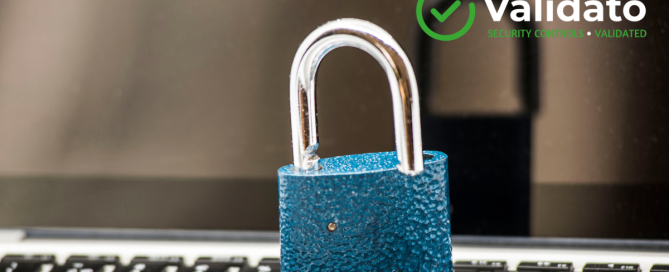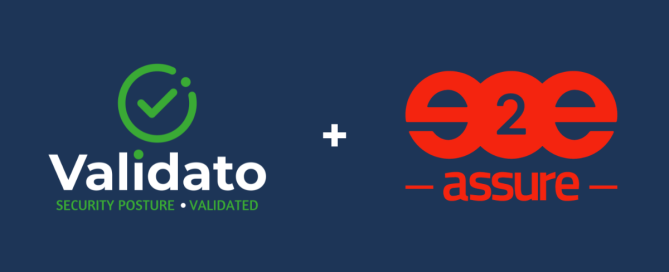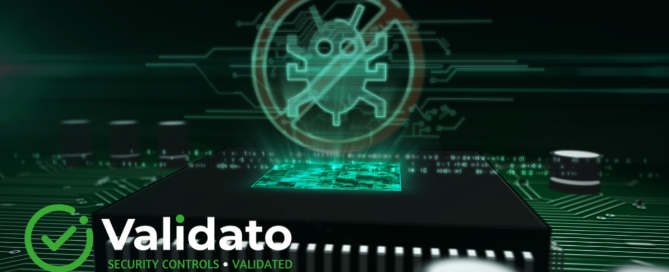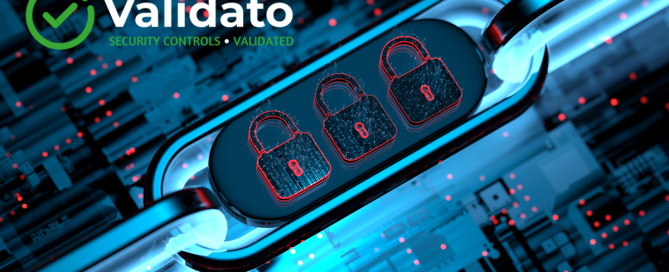Building a Proactive Security Posture with Adversarial Exposure Validation
Building a robust security posture requires more than just installing the latest tools and hoping for the best. Today’s organisations face sophisticated attackers who constantly evolve their methods, making traditional security approaches increasingly inadequate. Adversarial exposure validation represents a fundamental shift in how security teams approach defence, moving from reactive responses to proactive testing that mirrors real-world attack scenarios. Key Takeaway: This article explores how adversarial exposure validation transforms security management by simulating actual attack techniques to uncover hidden vulnerabilities. Readers will discover: The fundamental differences between adversarial validation and traditional vulnerability scanning How simulation testing reveals security gaps that









